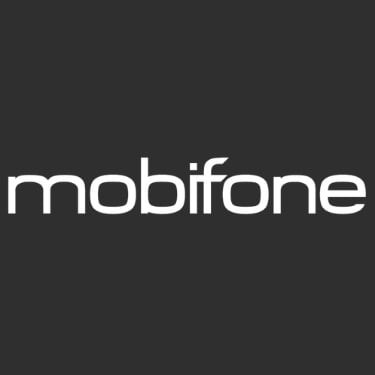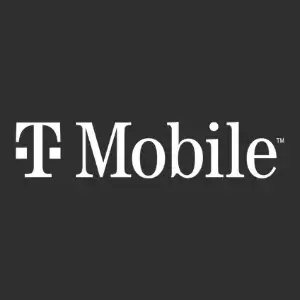Whether you need to warn citizens about a natural disaster, industrial incident, pandemic lockdown, or another important event, public bodies need a way to transmit the alert to all people in the affected area. In the 2000s, they realized that legacy warning channels such as radio, TV, or sirens were no longer enough and started to implement Cell Broadcast to raise the alarm.
What is Cell Broadcast service? 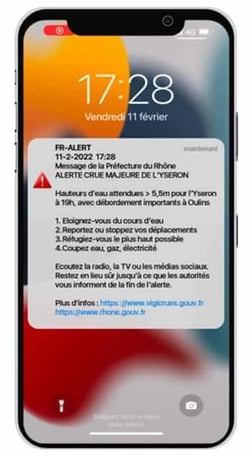
Cell Broadcast service is a method designed for efficiently disseminating messages to multiple mobile users within a specified geographical area simultaneously. In other words, it serves as an emergency broadcast system on cell phones.
Cell Broadcast shows up as a text message and is sent out from a mobile mast. The message can be sent out from one mobile mast or any in the country. Anybody in the area or moving through the area will receive the messages even where the signal might not be that strong. It differs from traditional SMS in that it targets mobile masts to broadcast alerts rather than targeting individual terminals.
Cell Broadcast messages will appear on mobile devices according to the handset’s configuration. Many handsets have a specific tone for these broadcast messages that is very loud and which also makes use of the vibrate function. Some phones are also able to read out the message or set other tones to alert the user.
This technology is crucial for public safety, allowing the rapid transmission of messages to all wireless devices connected to cellular networks. Cell Broadcast, also referred to as SMS-CB, operates as a text-based messaging system applicable to diverse cellular networks.
Image: Example of emergency notification via FR-Alert
Cell Broadcast Entity (CBE) serves as a pivotal component in the Cell Broadcast ecosystem. As a multi-user front-end, it facilitates the creation and management of SMS-CB messages. A CBE can be strategically positioned at the premises of a content provider, offering advanced user interface features for efficient message generation.
Conversely, the Cell Broadcast Centre (CBC) operates within the infrastructure of a mobile network and assumes the crucial role of disseminating Cell Broadcast messages, commonly known as SMS-CB, to mobile devices. Responsible for the transmission of alerts and notifications to a targeted area, the CBC ensures timely and widespread delivery of critical information within the cellular network.
Device-Based Geo-Fencing, also abbreviated DBGF, harnesses the location technology of mobile devices, such as GNSS or Wi-Fi positioning systems, to determine whether they are located inside or outside the designated target area. The device’s ability to precisely determine its location significantly influences the delivery of public warning alerts. The accuracy of mobile device location determination is generally within a few meters, similar to the precision experienced when using navigation applications for directions.
What are the benefits of Cell Broadcast?
Cell Broadcast service emerges as a powerful communication tool, offering numerous benefits for efficient and widespread information dissemination:
Instant reach to masses: Cell Broadcast enables the instant delivery of messages to a vast audience. The ability to reach millions of mobile devices simultaneously proves invaluable for broadcasting critical alerts, public warnings, and emergency information in real-time.
No subscription required: Unlike some messaging services, users don't need to subscribe to Cell Broadcast to receive messages. This facilitates the seamless delivery of important information without requiring users to opt in, ensuring that essential alerts are received widely.
Network resilience: Cell Broadcast operates independently of network congestion, making it a robust communication tool. Unlike some messaging services that might be hindered by network overload, CB messages are reliably delivered, ensuring information reaches the intended audience even during high-traffic periods.
Privacy preservation: One notable benefit is that Cell Broadcast doesn't require users to share any personal information such as phone numbers or location data. This not only ensures user privacy but also eliminates concerns related to data sharing.
What are the limitations of Cell Broadcast?
Cell Broadcast stands as a robust technology for disseminating public alerts, but it's crucial to recognize its limitations.
Lack of targeting precision: Cell Broadcast messages lack precision, broadcasting to all devices within a specific area. This can lead to message oversaturation and potential information noise, limiting the ability to target specific individuals or locations.
No recipient count: With Cell Broadcast, it's impossible to determine how many people received the message. If antennas are damaged during a storm, and no one receives the alert, the lack of recipient counts leaves the alert sender uninformed.
Message disappearance and retrieval difficulty: Once received, Cell Broadcast messages may disappear, making it challenging to locate them on the phone. Retrieval difficulties require users to know where to find the messages, involving multiple clicks and potentially causing delays in accessing critical information.
Message length restrictions: Cell Broadcast supports a maximum message length of 1395 characters, posing challenges for conveying comprehensive information. This limitation contrasts with traditional SMS, potentially hindering the effectiveness of emergency alerts that require detailed instructions or information.
Universal device support hurdles: Cell Broadcast faces challenges in achieving universal device support, with popular smartphones like iPhones and Android devices potentially lacking full compatibility. This discrepancy may impede the seamless delivery of alerts, emphasizing the need for a diversified alerting strategy.
Understanding these limitations underscores the need for a balanced approach, which is detailed below.
Combining Cell Broadcast and Location-Based SMS has become the norm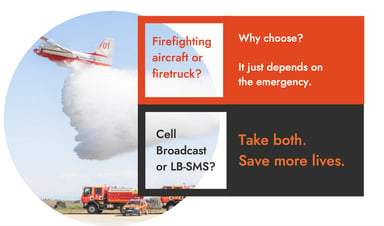
Relying solely on Cell Broadcast has drawbacks, prompting experts to advocate for a balanced approach. Intersec recognizes the importance of combining Cell Broadcast with other technologies, like location-based SMS (LB-SMS), to enhance the reach and reliability of public warnings.
Using Cell Broadcast and Location-Based SMS (LB-SMS) in tandem addresses inherent limitations each technology faces independently, providing a comprehensive solution that optimizes various aspects:
Enhanced reach and rate: The combination unlocks a higher reach rate, allowing for more efficient communication to a broader audience. This synergy is crucial in urgent situations, ensuring immediate and widespread dissemination of critical information.
Complementarity for flexible communications: The combination of Cell Broadcast and Location-Based SMS underscores the flexibility offered by their complementarity, allowing the selection of the most suitable alerting technology based on the emergency. Cell Broadcast, with its immediate broadcast capability, is reserved for imminent threats requiring instant action, such as an approaching tsunami. LB-SMS, on the other hand, offers a more nuanced approach, suitable for scenarios where information can be delivered within minutes to tens of minutes, such as a flood, and ensure a more targeted broadcast in the area.
Integrating analytical capabilities: Deploying both Location-Based SMS and Cell Broadcast not only allows MNOs to select the most fitting channel based on the specific situation, but also to provide analytics. This strategic synergy facilitates precise and context-aware communications throughout the entire crisis lifecycle—prior to, during, and after the event.
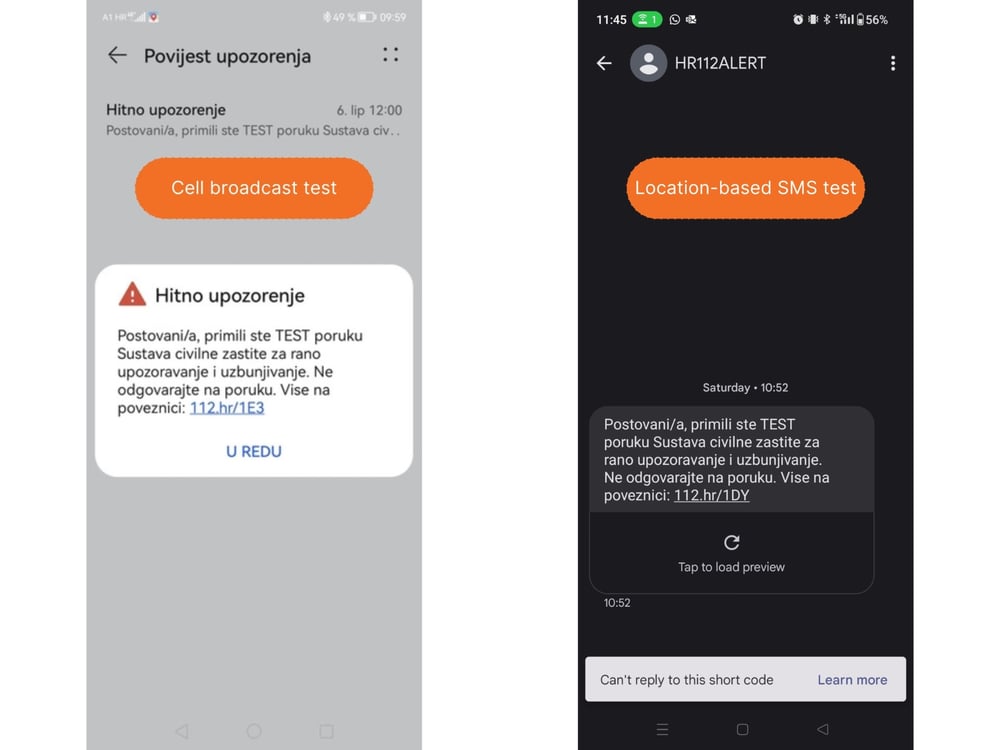
Nationwide examples of Cell broadcast and Location-Based SMS
To learn more about the topic, here are some interesting reads:
→ Whitepaper - Public Warning Systems
→ Whitepaper - Using mobile technologies in public alerting
→ Blog article - Basic Public Warning Systems are expiring soon
→ EENA blog article - FR-Alert, a European reference combining Cell Broadcast and Location-Based SMS
→ Infographics - Which public alerting technologies to use when facing an emergency?
More information: Public Warning System
 Cell broadcast service for mass alerting" />
Cell broadcast service for mass alerting" />
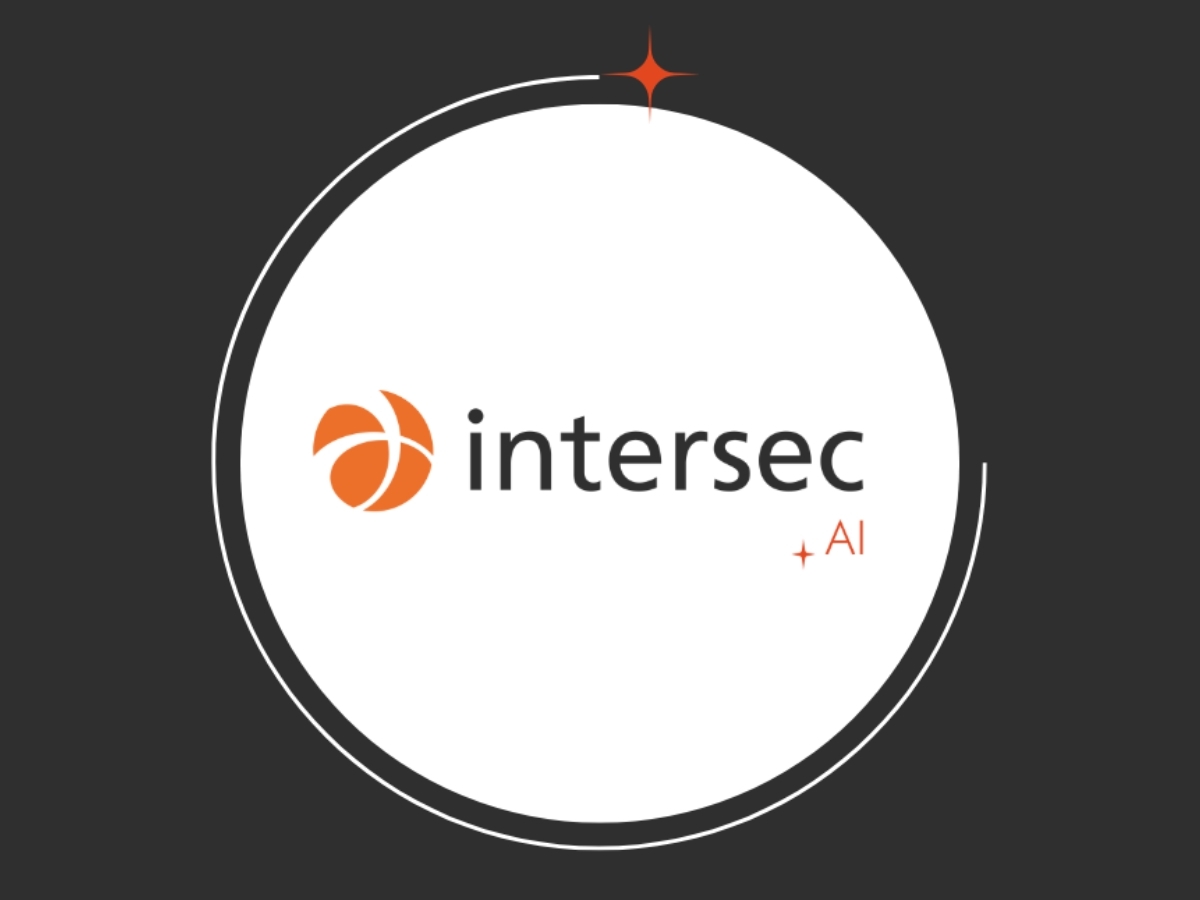



.jpg)
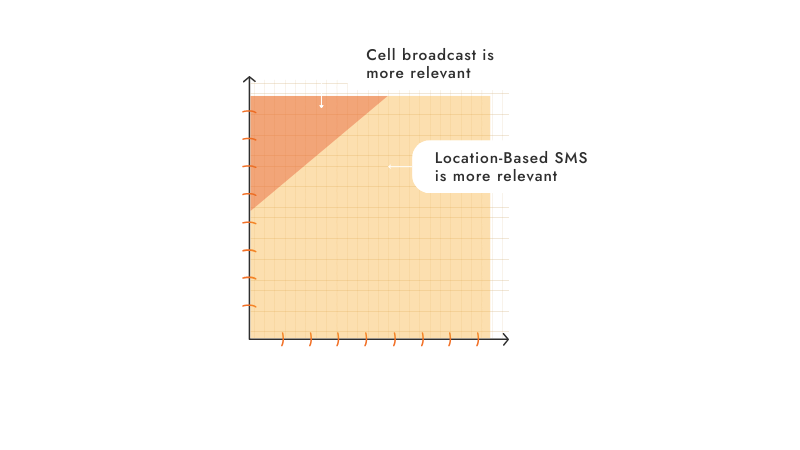








.webp)


.webp)



